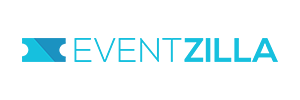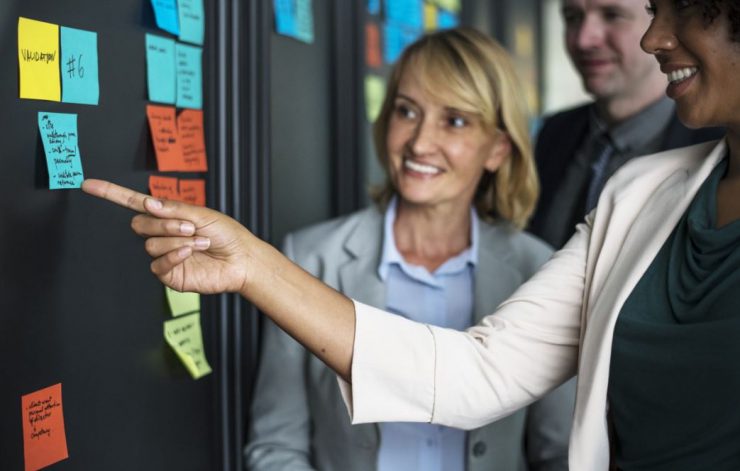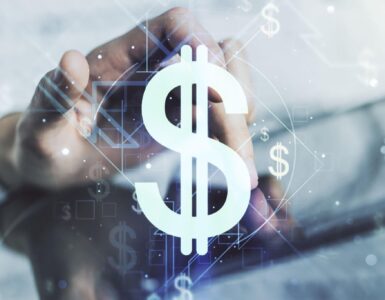As many industries’ sales funnels turn into spirals and lead generation becomes more complicated, in-person events are still proving to be very effective in both generating and converting leads. According to a recent Demand Gen Report study, 76% of survey participants reported that in-person events are the most successful top of the funnel engagement tactic and 64% said that events were the most successful tactic for converting prospects in the middle and late stages of the funnel.
If you are finding this to be true in your industry, how are you engaging and converting attendees at your events? What are your go-to tactics? I’m sure you’ve found that it’s not as easy as getting them in the door of your event. That’s just stepping one. There are often many more steps to take before the purchase decision.
Everyone who attends your event is at least aware of your product or service. But are they ready to buy? Not always. They need more information. They need to know the features and benefits of your product or service. They need to know how your product or service solves a problem or addresses an issue for them. They need to decide that purchasing your product or service is the best decision they could make. An event is an opportune time to move leads through that decision process quickly and efficiently. But how do you do that when there are so many guests and only one (or if you’re lucky a couple) of you? Here are some tips for you to use the specific elements of your event to deliver your sales message strategically.
Segmentation Strategies
Each attendee has individualized characteristics and needs. It helps to segment them into groups so that you can address these needs strategically. These segments are sometimes called marketing personas. Determine what customer characteristics are important to your sales process. They could be as simple as demographic details like gender, age or income or they could be more detailed like location, the company they work for, the solutions they are seeking, or the place that they are in the sales funnel. It may make sense to create segments that reflect a few of these details especially if your products or services are highly customized.
Here’s an example. A SaaS company offers small and mid-size businesses a cloud-based marketing automation solution. They are planning a conference for customers and leads. They’ve segmented their leads in three personas:
- New leads who expressed interest in learning more about the solution on the website
- Small and mid-sized business owners who were invited to attend by a national trade organization
- Current leads who have a relation
Now that these three critical segments are identified, assign key members of your sales team to engage with each group so that their experience at your event will help them make a positive purchase decision.
Engage With Prospects Before the Event
Information is power. Get ahead of the game by reaching out to attendees via email or phone right after they register for your event. Welcome them to your company “family” and offer to help them plan their event experience. Also, connect with each lead on social media so that you can view and even answer any questions they may pose about your solution or the problem it is solving.
Your attendees’ expectations and needs are the most powerful pieces of information you could possibly have. When you understand that, you understand their path to conversion. While engaging with leads before the event, ask questions that will help you tailor your sales pitch. Collect as much data as you can without being intrusive. Make sure to store all of this data in your CRM system for future marketing customization. The more you know about each lead, the more authentic your interactions with them will be.
Offer Relevant Content
Once you know and understand your leads, make a point to offer content to them that will answer a question or provide context to a solution you are offering. This content could be white papers, e-books, webinars, checklists or blog posts. Send them teasers before your event and follow up with the rest at the event.
Use this content to address any problems that your leads may have with your product or service head-on, as well as highlight the benefits they will enjoy. Don’t send them fluff or advertisements. Business leaders are too busy for distractions and smart enough to spot obfuscation. They will appreciate high-quality relevant information.
Maximize Your Opportunity on Event Day
Make sure your brand is at the forefront of your event. Station kiosks with information and demos around the event venue. Offer solution information or free samples in swag bags and on the event app and agenda. Assign staff members to connect with leads personally to answer questions, offer promised content, and engage in personalized event experiences.
Every in-person interaction is a golden opportunity to build an authentic relationship that can lead not only to purchase but also to brand loyalty. However, it may not be feasible to actually close a sale at your event because of a packed agenda or the lack of privacy. That’s ok, don’t despair. You can follow up after the event.
Recategorize and Follow Up
Hopefully, you’ve moved each lead forward towards conversion at your event. After the event is over, gather your team and go through your lead list. Recategorize each lead as to their intent (hot, cold, warm) and place in the sales funnel (awareness, opinion, consideration, preference, purchase) so that you can follow up with each effectively.
Continue to engage with each lead personally after the event. Offer more content if they are still in the opinion or consideration phase. Offer an incentive to purchase if they are in the preference phase. If you’ve engaged with your leads authentically at your event, they won’t feel like they are getting the hard sell. They’ll feel like you are furthering your relationship. Now is the time to make the deal. Turn those valuable leads into a new business that will deliver ROI.







